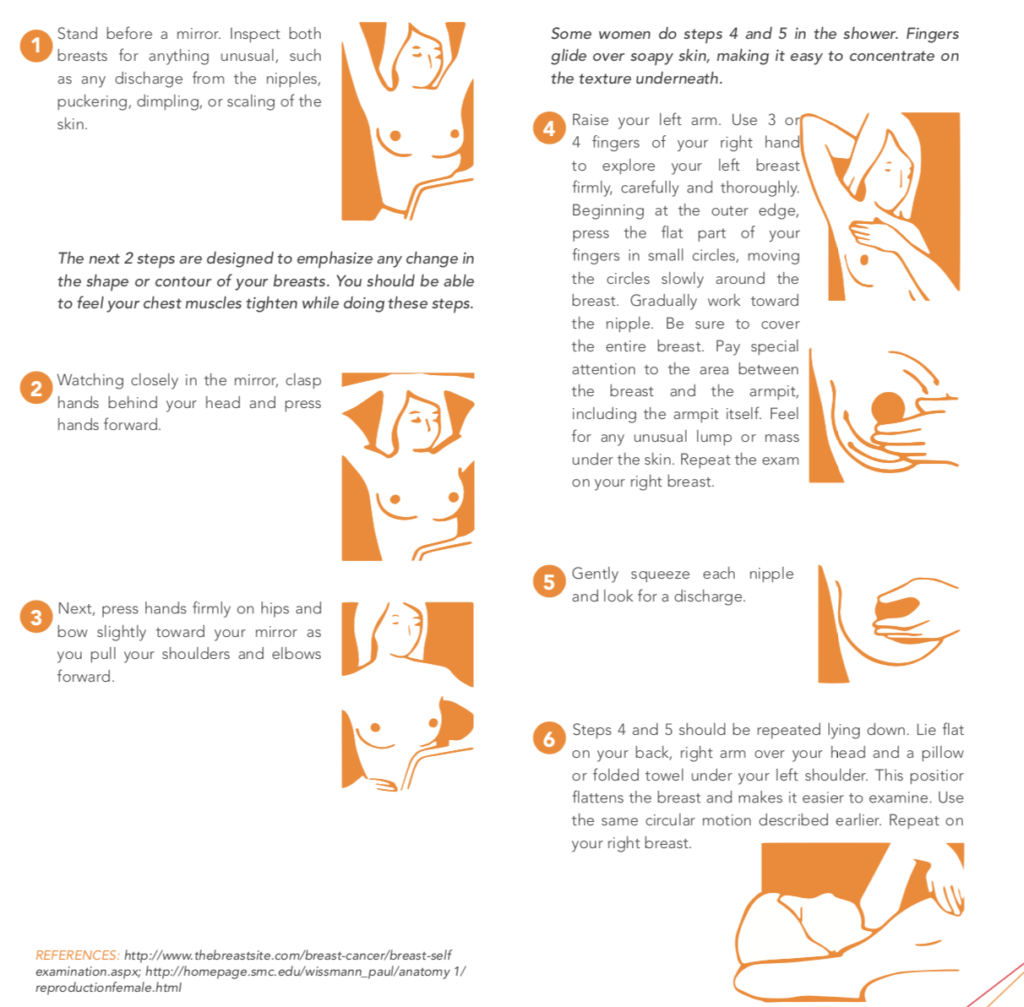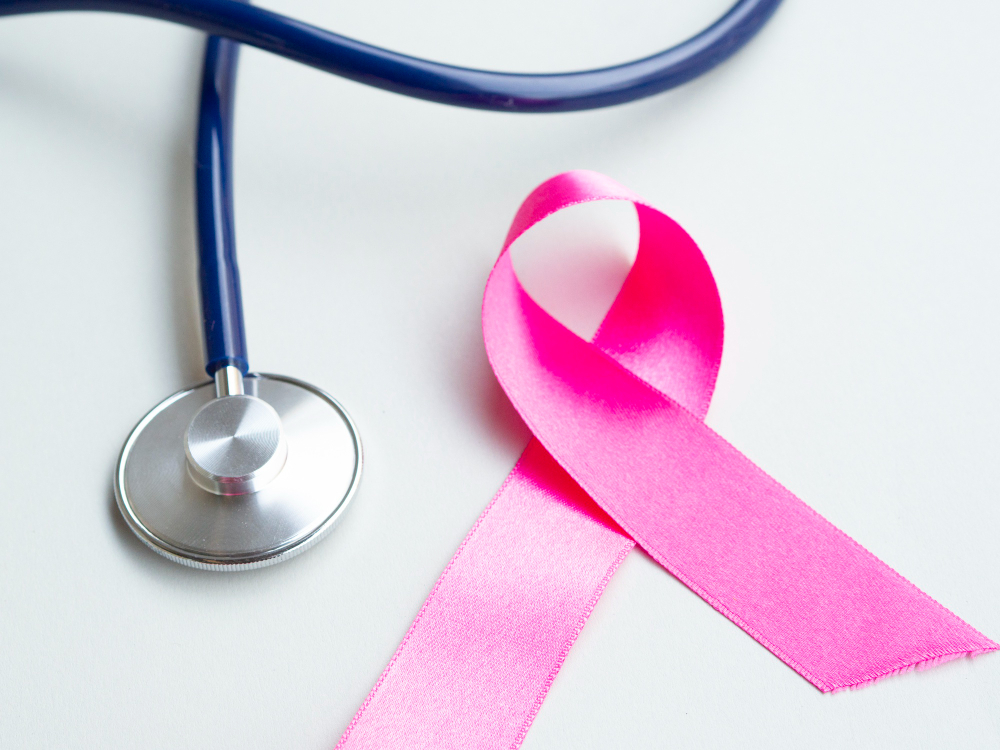The vast majority of breast cancer cases occur in females. Breast cancer is the most common cancer among women and is the leading cause of cancer deaths among women worldwide. Breast cancer starts when cells in the breast begin to grow out of control. These cells usually form a tumor that can often be seen on an x-ray or felt as a lump. It’s also important to understand that most breast lumps are not cancer, however if you notice a lump you should seek medical advice.
We encourage regular breast cancer screening to detect breast cancer early; when it’s still curable. Early detection of breast cancer increases treatment options and often reduces the risk of death from breast cancer. You can detect the lumps through self-examination or imaging. By performing monthly breast self-exams, you will be able to more easily identify any changes in your breast.
Breast cancer rates are much higher in developed nations compared to developing ones. There are several reasons for this, with possibly life-expectancy being one of the key factors – breast cancer is more common in elderly women.
In Kenya, it is the leading cancer among women with about 34 per 100,000 women being diagnosed with the breast cancer.
Breast cancer is curable and preventable if detected early, however there some risk factors that include Aging, Family history and lifestyle.
RISK FACTOR
Factors that increase the risk of breast cancer include the following:
1. AGE AND GENDER
Your risk of developing breast cancer increases as you get older. Most advanced breast cancer cases are found in women over age 50. Men can also get breast cancer, but they are 100 times less likely than women.
2. FAMILY HISTORY OF BREAST CANCER
You may also have a higher risk of breast cancer if you have a close relative who has had breast, uterine, ovarian, or colon cancer. About 20 – 30% of women with breast cancer have a family history of the disease
3. MENSTRUAL CYCLE
Women who got their periods early (before age 12) or went through menopause late (after age 55) have an increased risk of breast cancer
4. HORMONE REPLACEMENT THERAPY (HRT)
You have a higher risk of breast cancer if you have received hormone replacement therapy with estrogen for several years or more
5. ALCOHOL USE
Drinking more than 1 – 2 glasses of alcohol a day may increase your risk of breast cancer.
6. CHILDBIRTH
Women who have never had children or who had them only after age 30 have an increased risk of breast cancer. Being pregnant more than once or becoming pregnant at an early age reduces your risk of breast cancer
7. ORAL CONTRACEPTIVE
Current or recent oral contraceptive use
8. LIFESTYLE FACTORS
Obesity, Excessive alcohol consumption and lack of physical exercises.
Although many types of breast cancer can cause a lump in the breast, not all do. There are other symptoms of breast cancer you should watch out for and report to a health care provider for further investigation.

SIGNS AND SYMPTOMS
Early breast cancer usually does not cause symptoms. This is why regular breast exams are important. As the cancer grows, symptoms may include:
• Breast lump or lump in the armpit that is hard, has uneven edges, and usually does not hurt
• Change in the size, shape, or feel of the breast or nipple — for example, you may have redness, dimpling, or puckering that looks like the skin of an orange
• Fluid coming from the nipple — may be bloody, clear to yellow, green, and look like pus
DIAGNOSIS
The doctor will ask you about the symptoms and risk factors. Then the doctor will perform a physical exam. The exam includes both breasts, armpits, neck and chest area.
Tests used to diagnose and monitor patients with breast cancer may include:
• Breast MRI to help better identify the breast lump or evaluate an abnormal change on a mammogram •
• Breast biopsy.
BIOPSY
Core biopsy with image guidance is the recommended diagnostic approach for newly diagnosed breast cancers. This is a method for obtaining breast tissue without surgery and can eliminate the need for additional surgeries.
MANAGEMENT
Surgery and radiation therapy, along with chemotherapy when indicated, are now considered primary treatment for breast cancer. Surgical therapy may consist of lumpectomy (removal of the lump) or total mastectomy (removal of the whole breast). Radiation therapy may follow surgery in an effort to eradicate residual disease while reducing recurrence rates.
SCREENING
- Early detection remains the primary defense in preventing breast cancer. Screening modalities include the following: • Breast self-examination
• Clinical breast examination
• Mammography - • Ultrasonography
- • Magnetic resonance imaging(MRI)
- Early detection remains the primary defense in preventing breast cancer. Screening modalities include the following: • Breast self-examination
Ultrasonography and MRI are more sensitive than mammography detection of cancer in non fatty breasts. Combined mammography, clinical examination, and MRI are more sensitive than any other individual test or combination of tests.

















